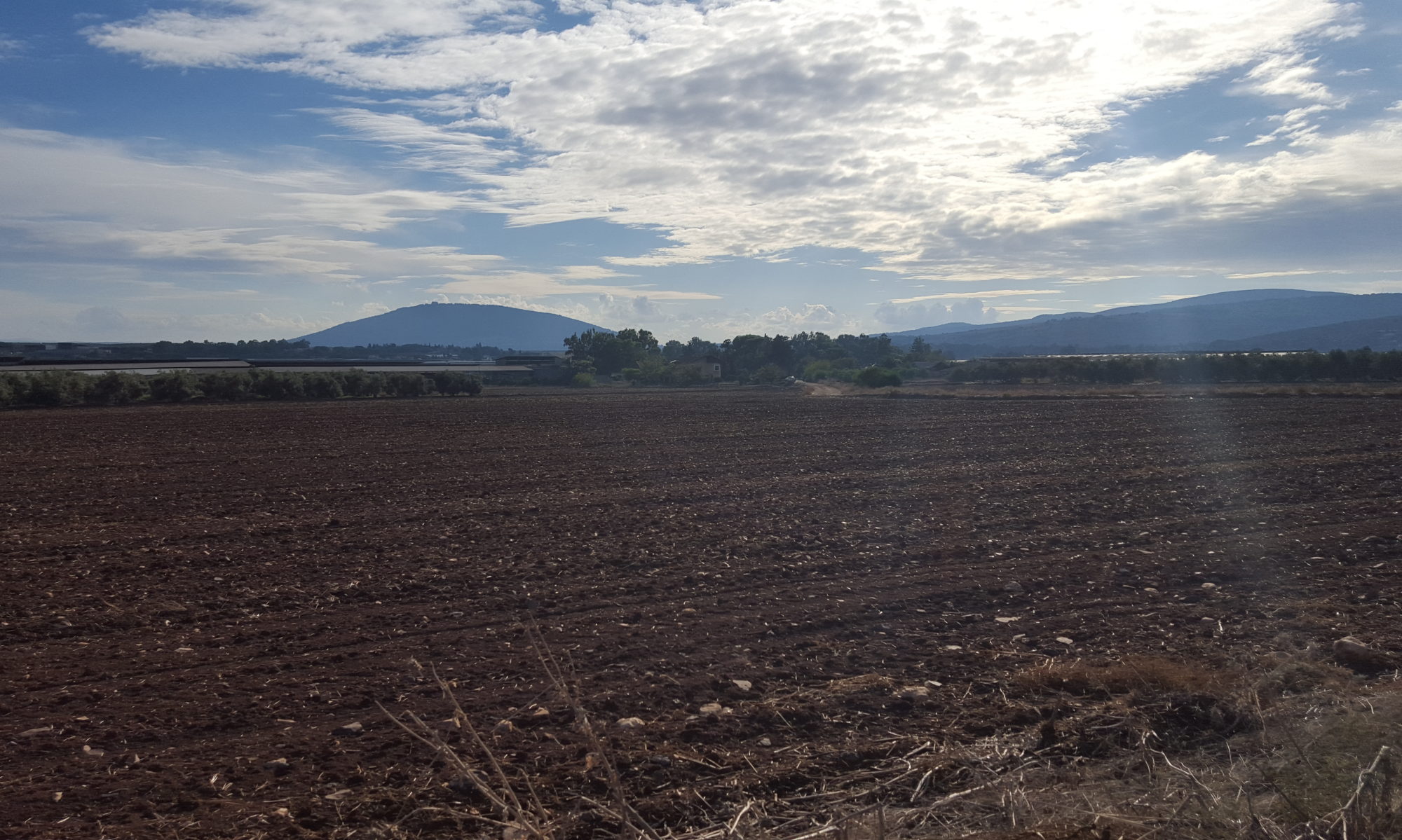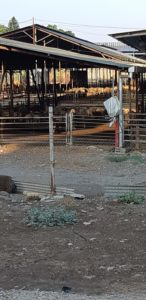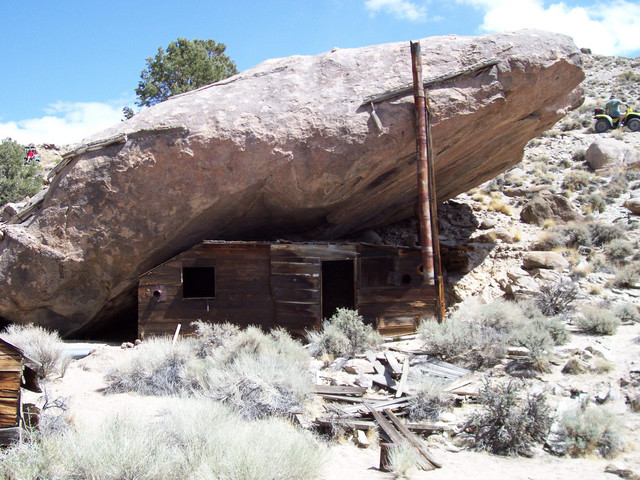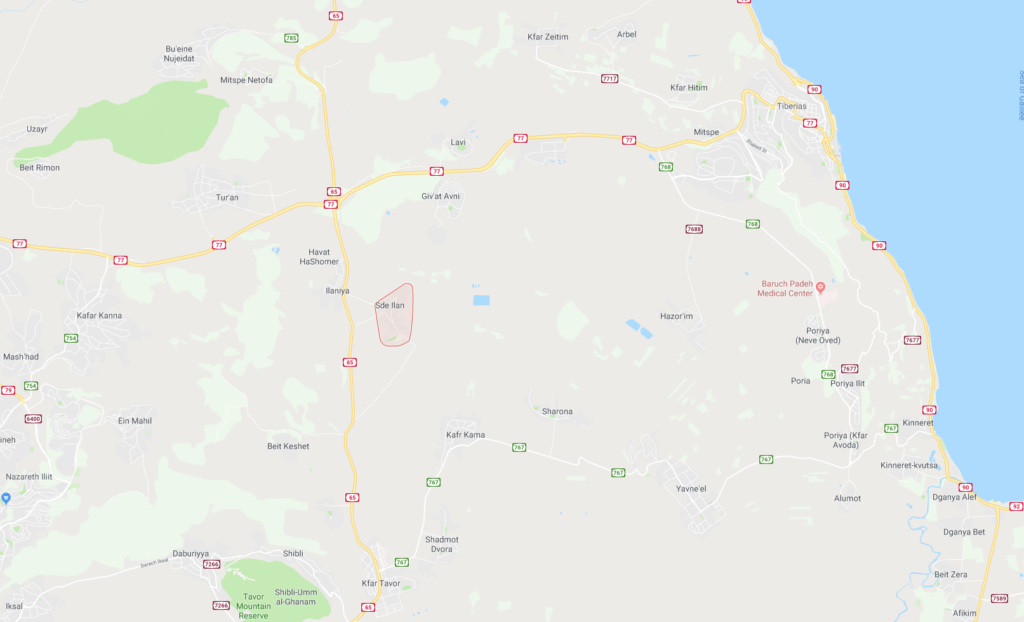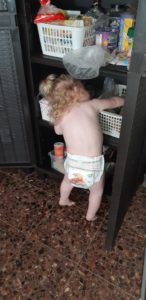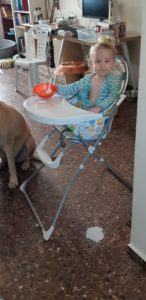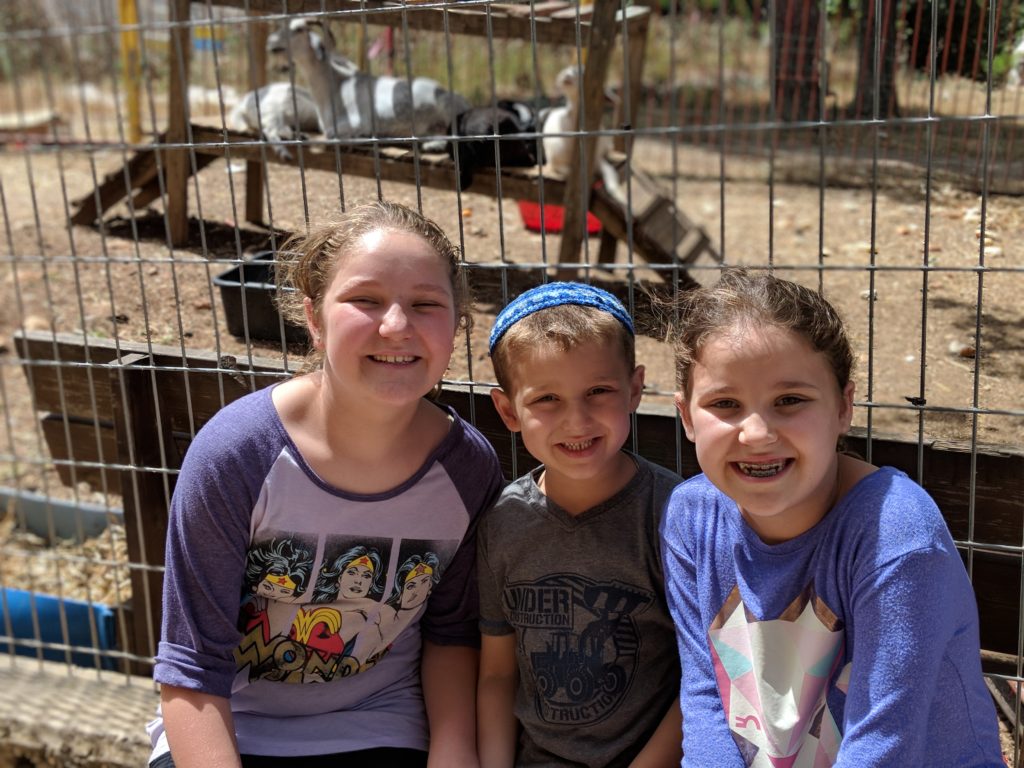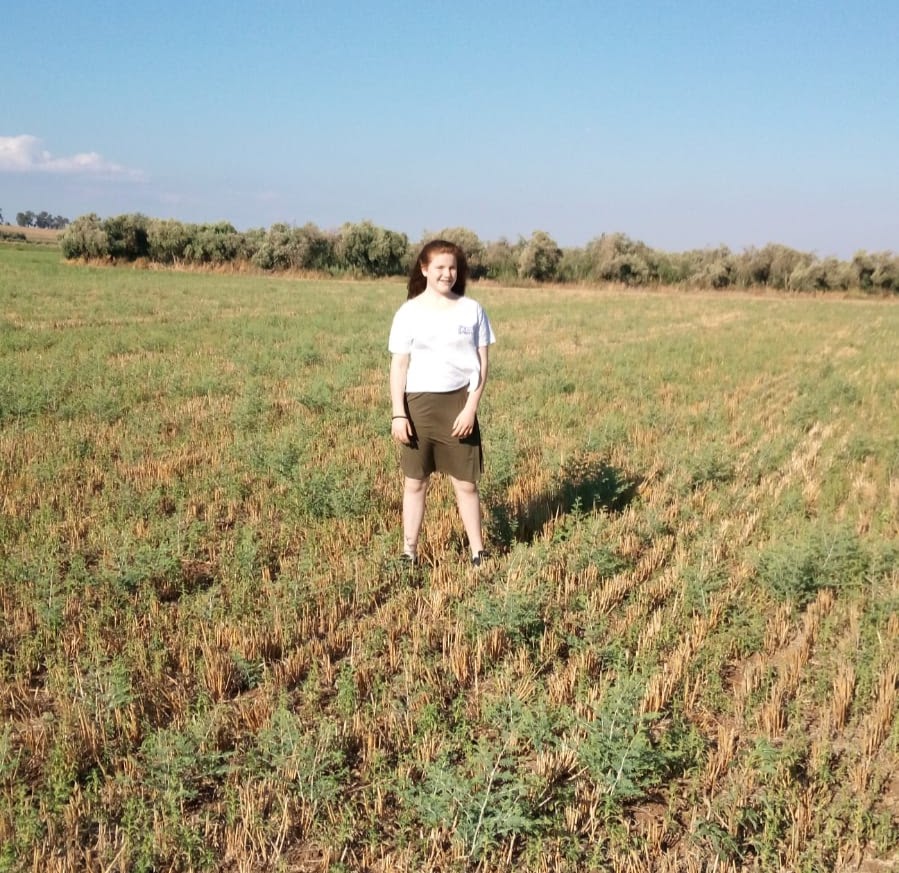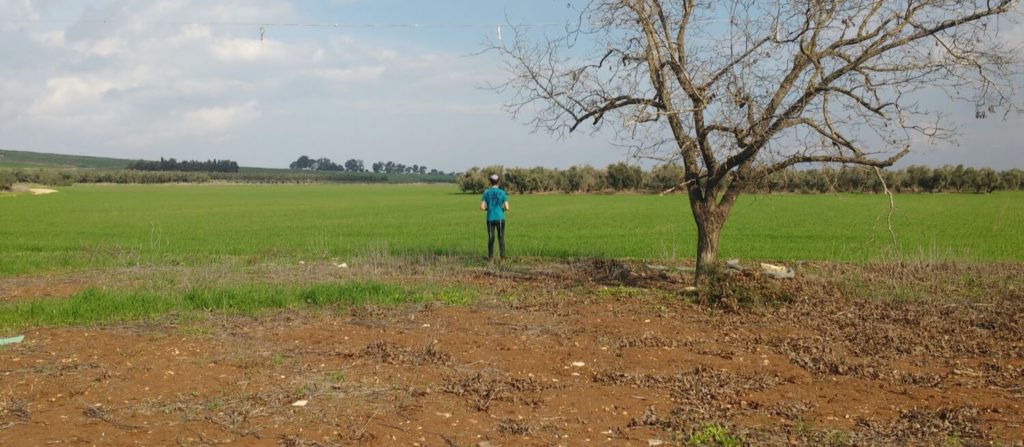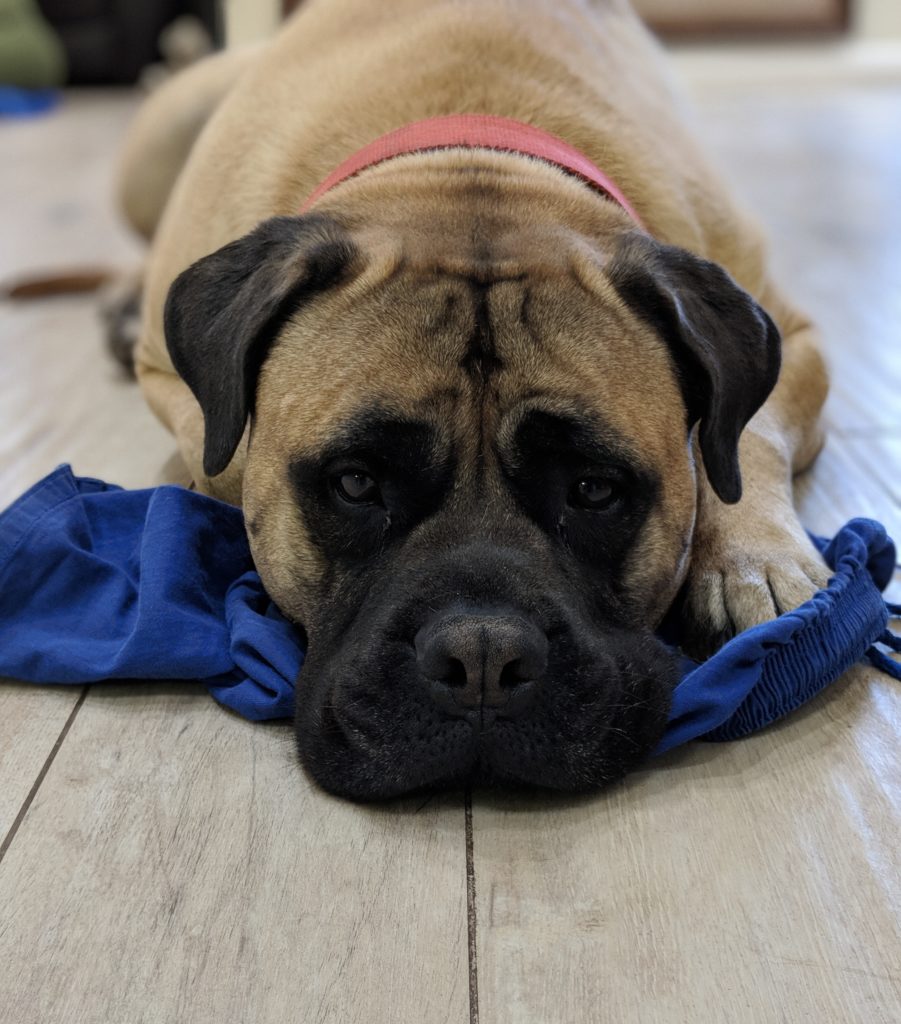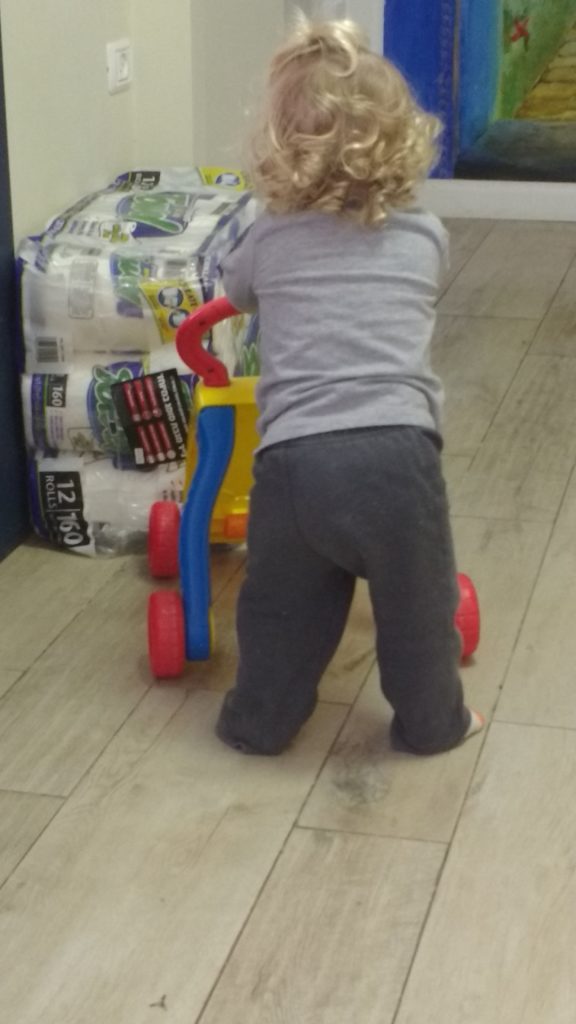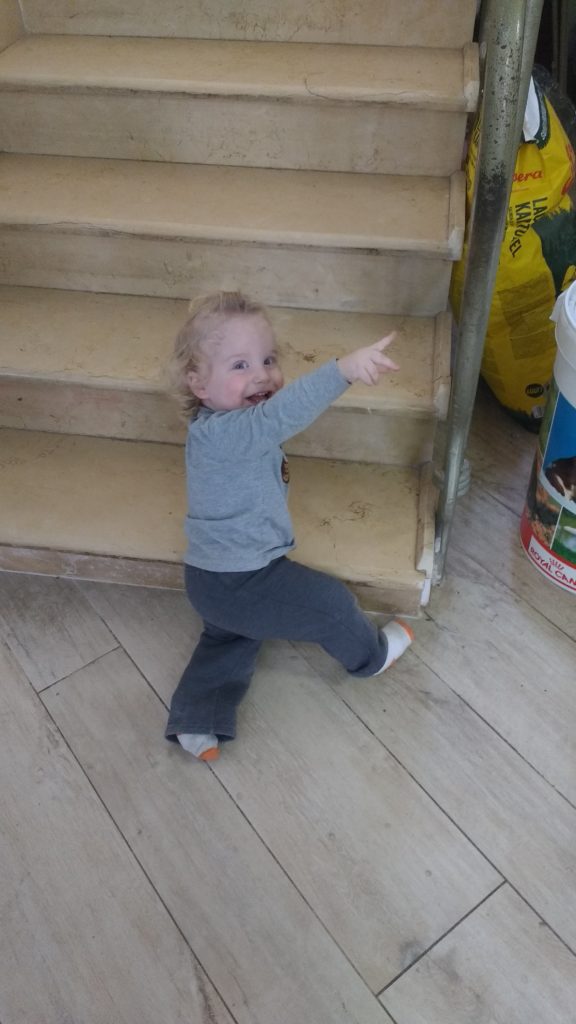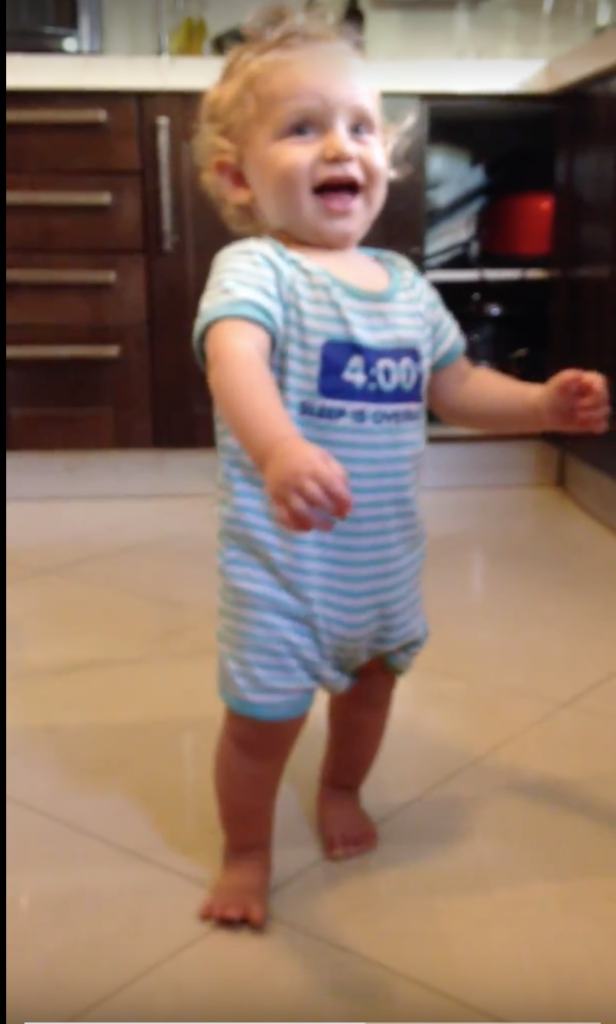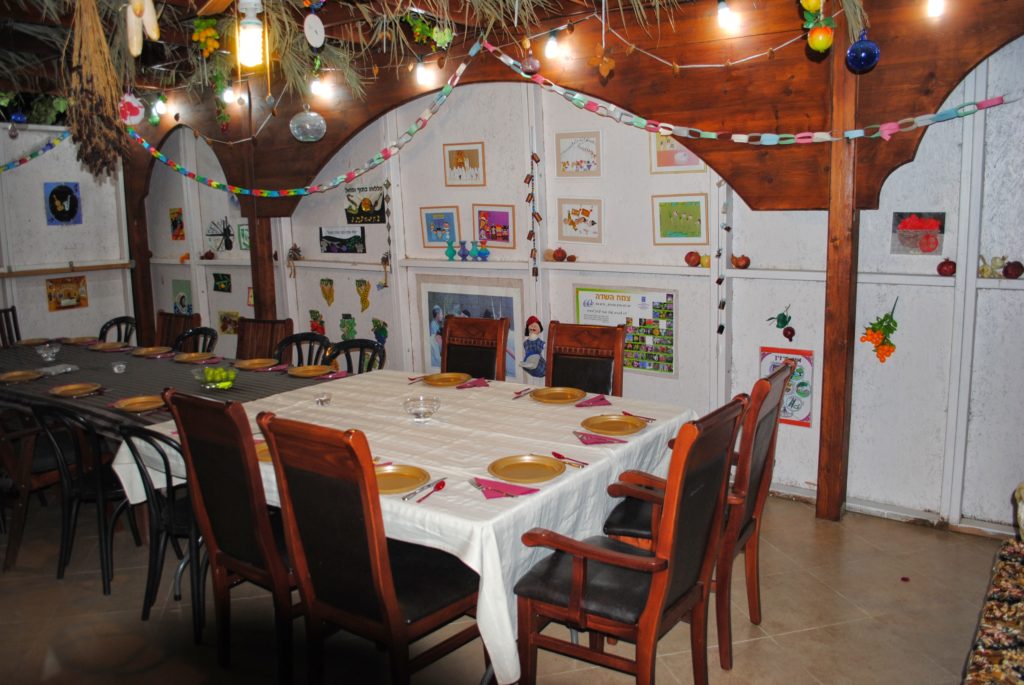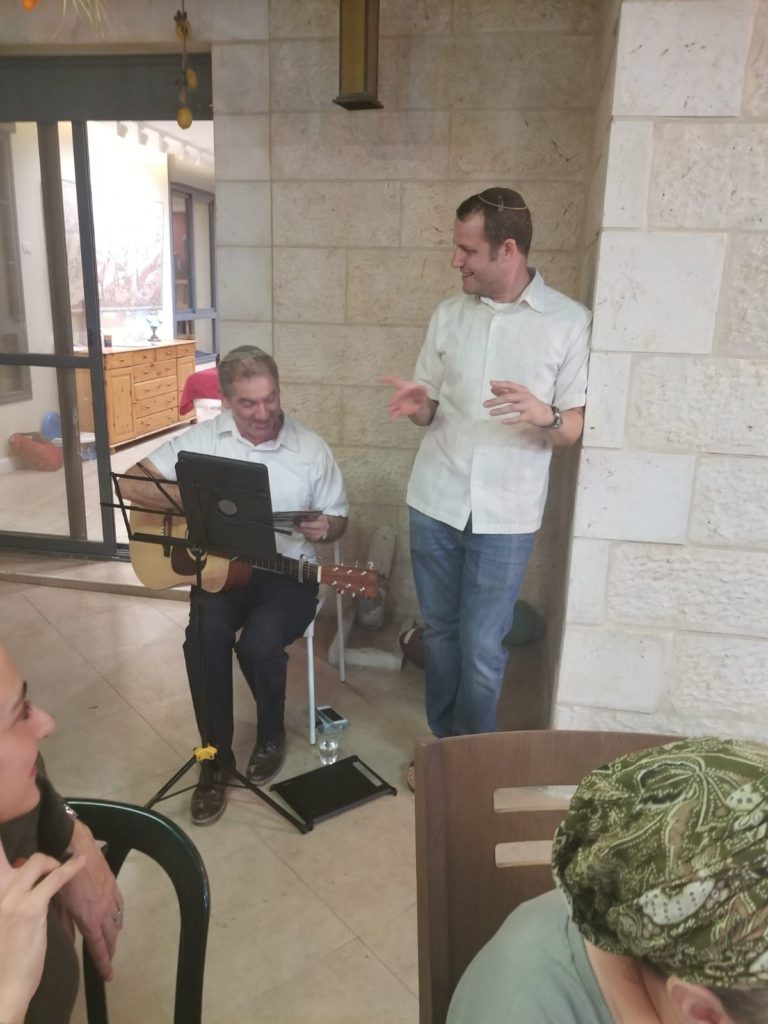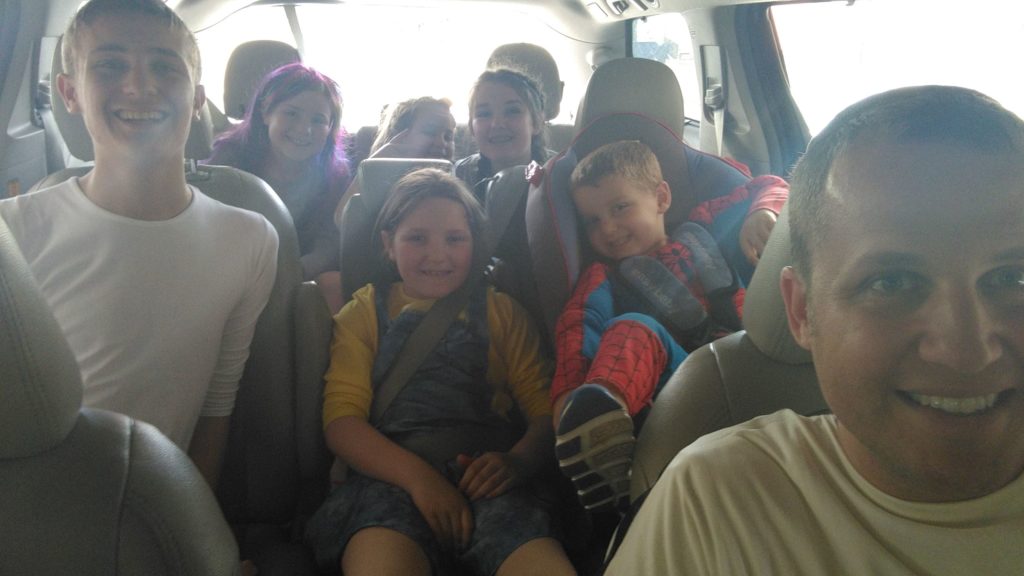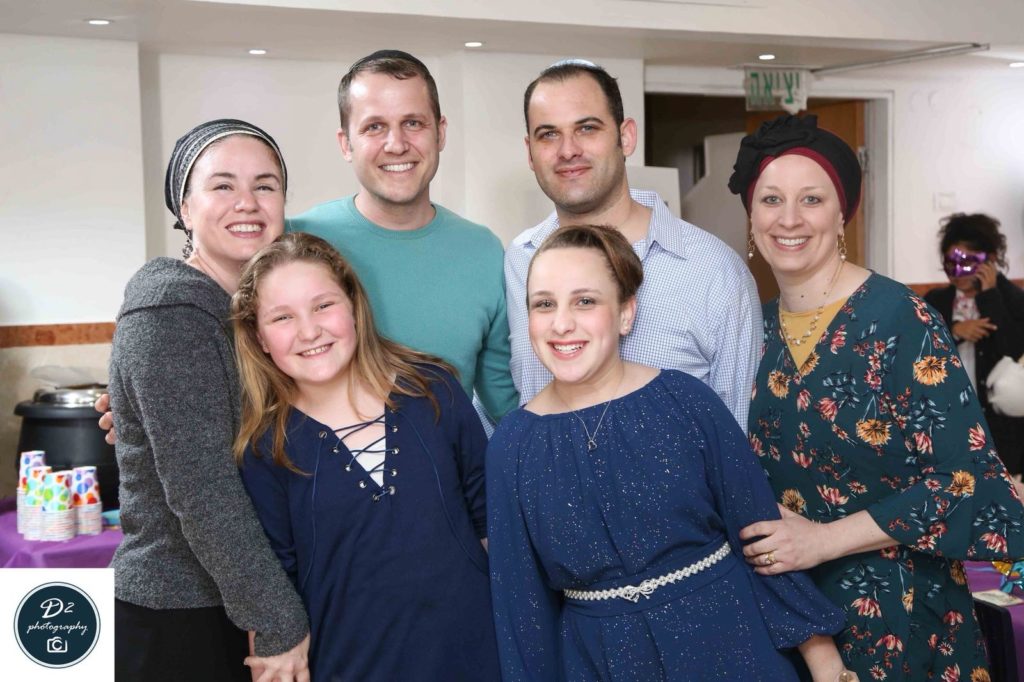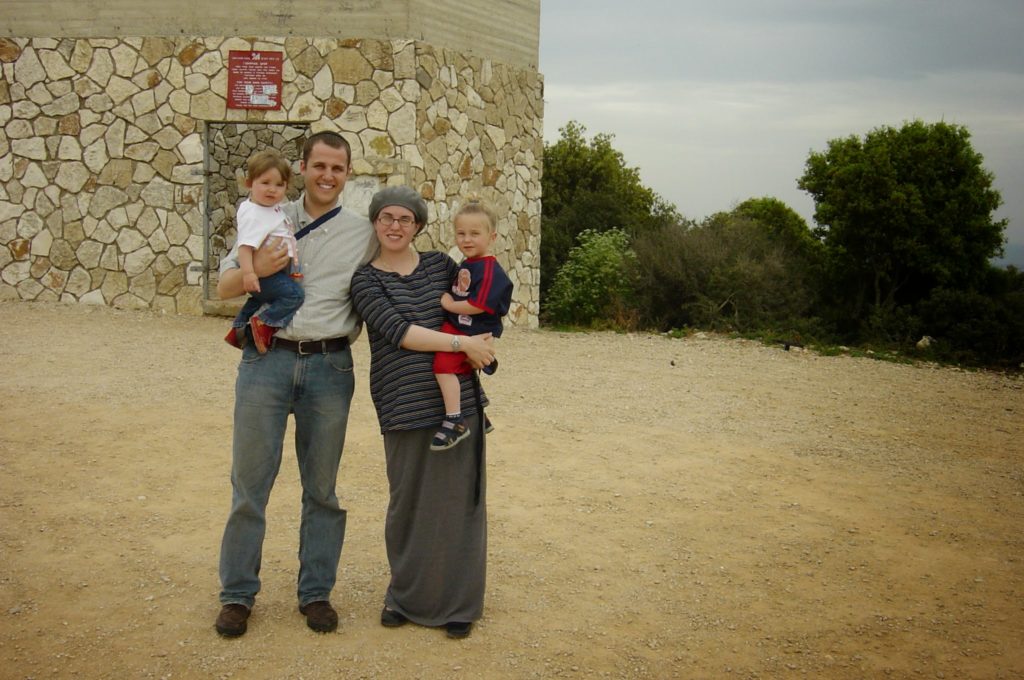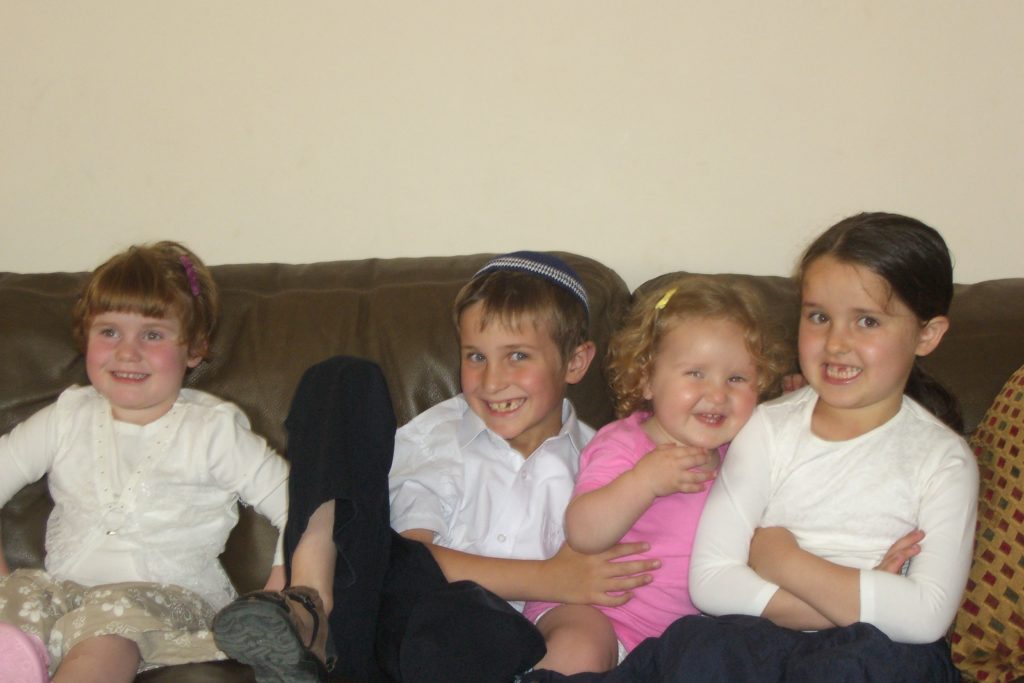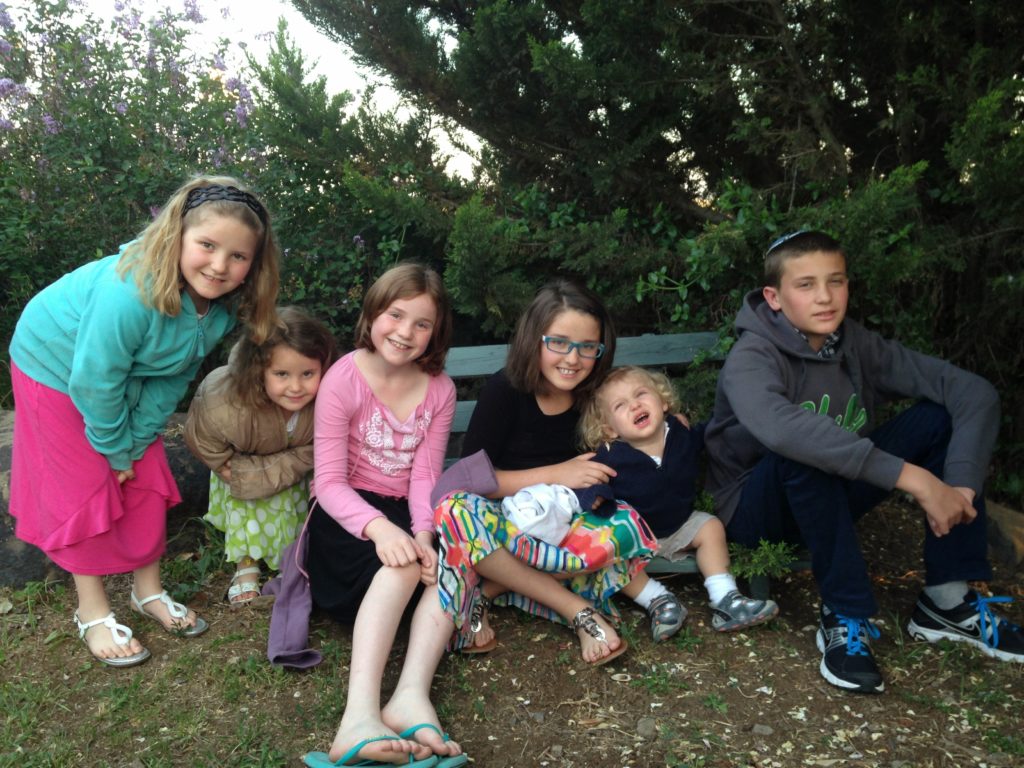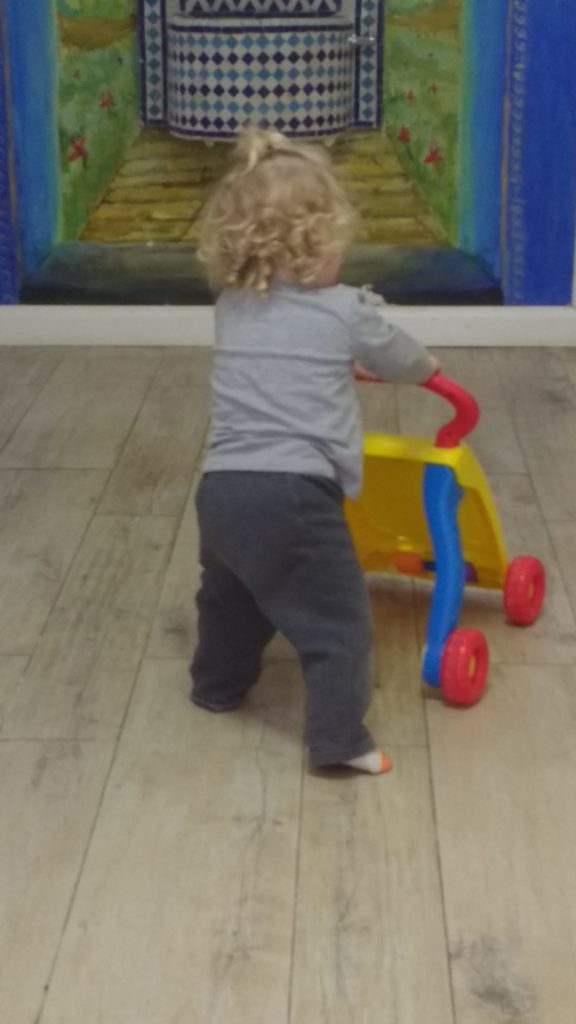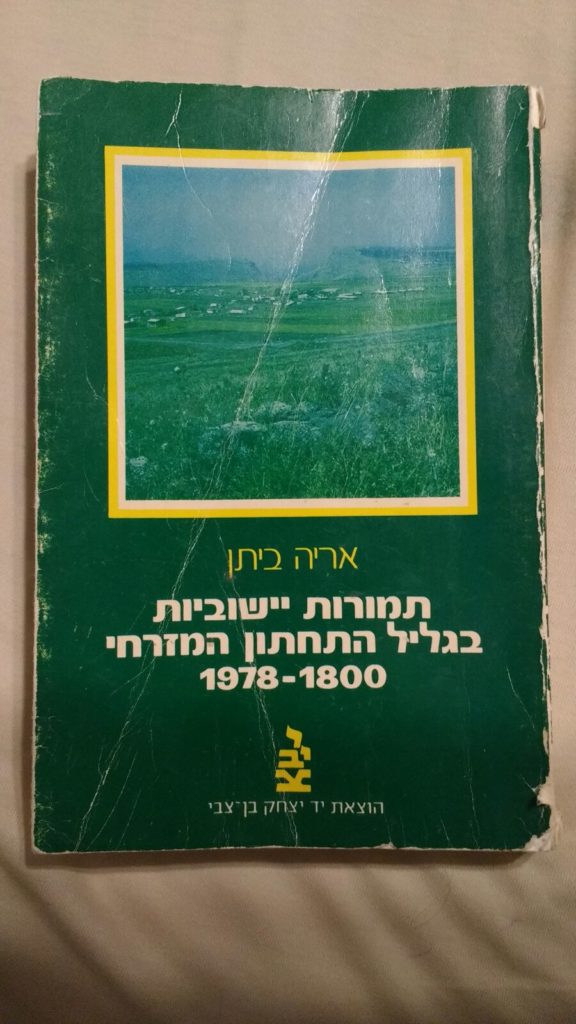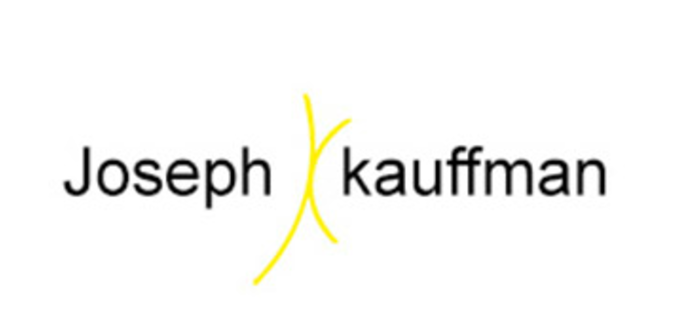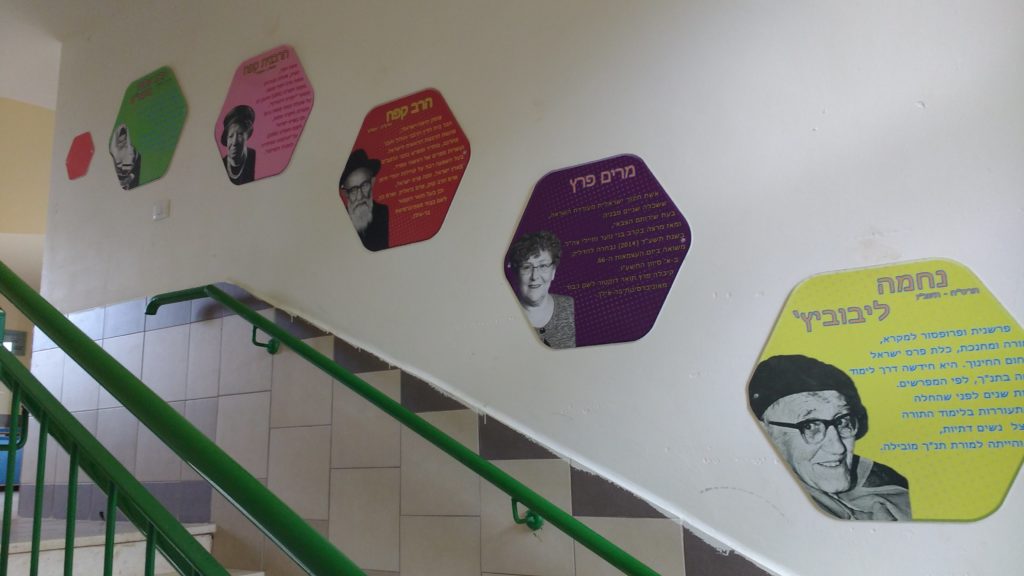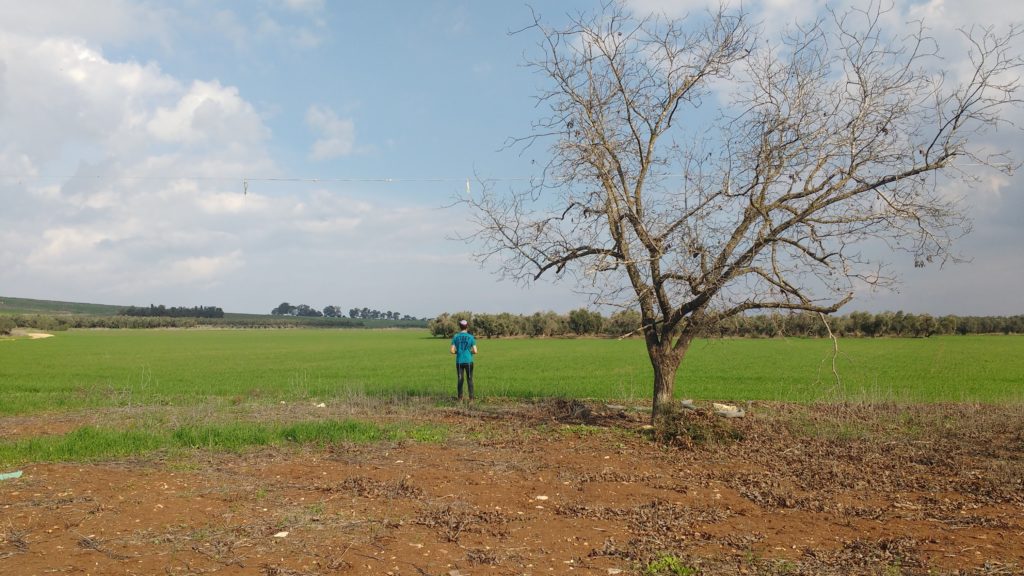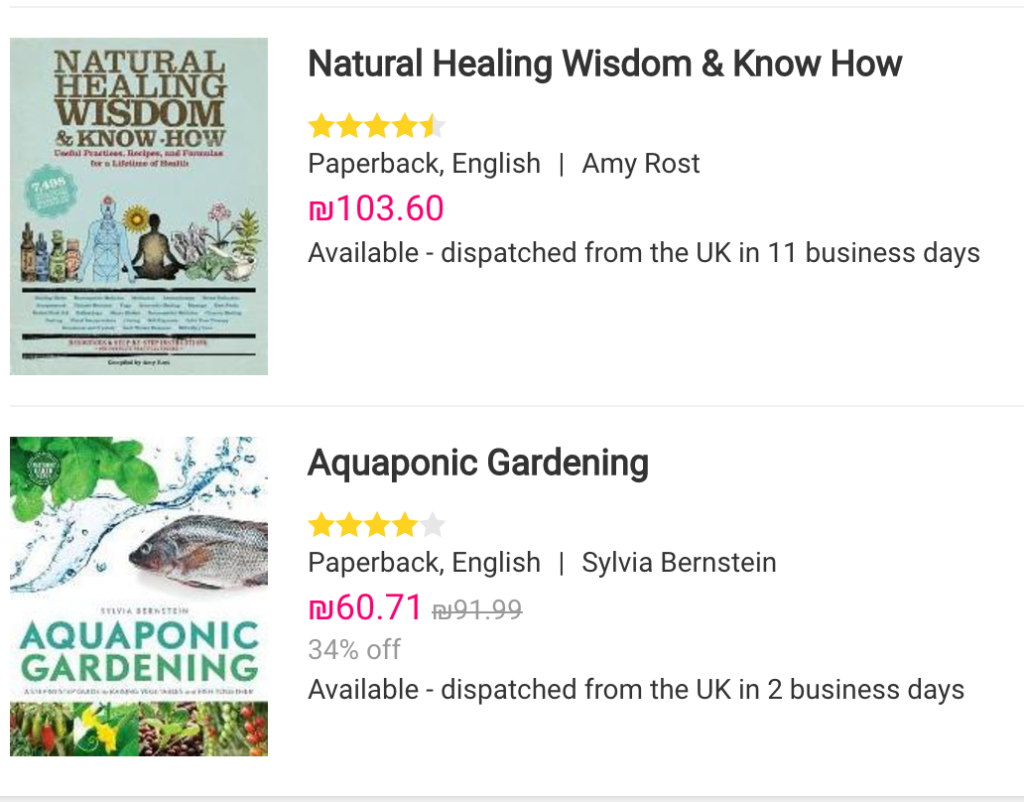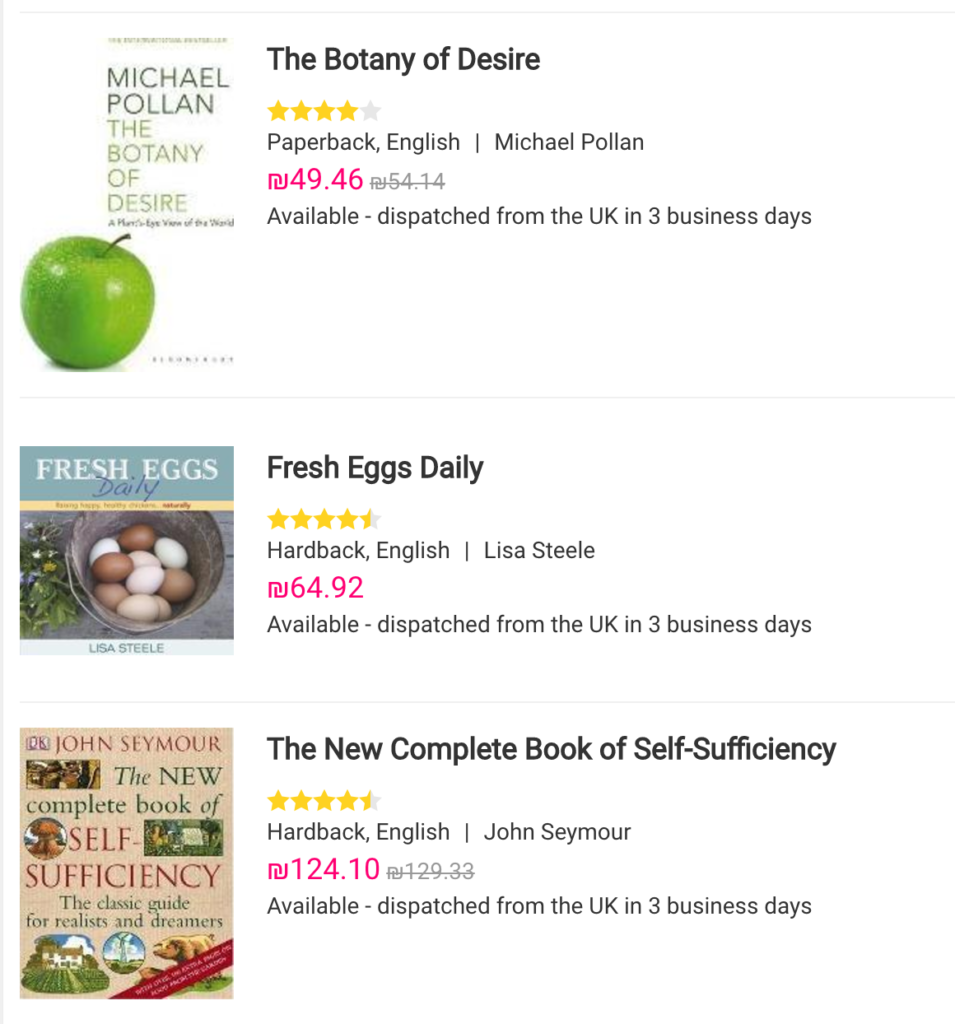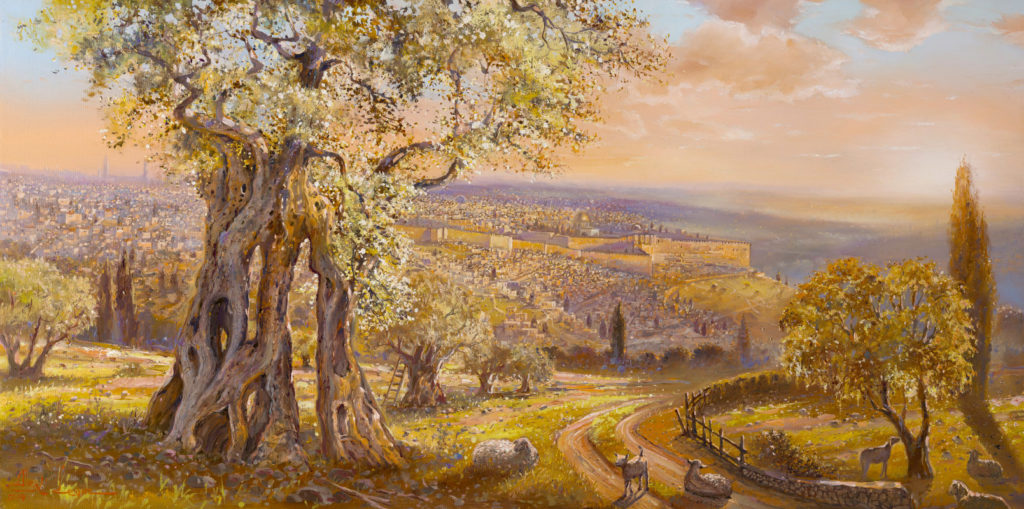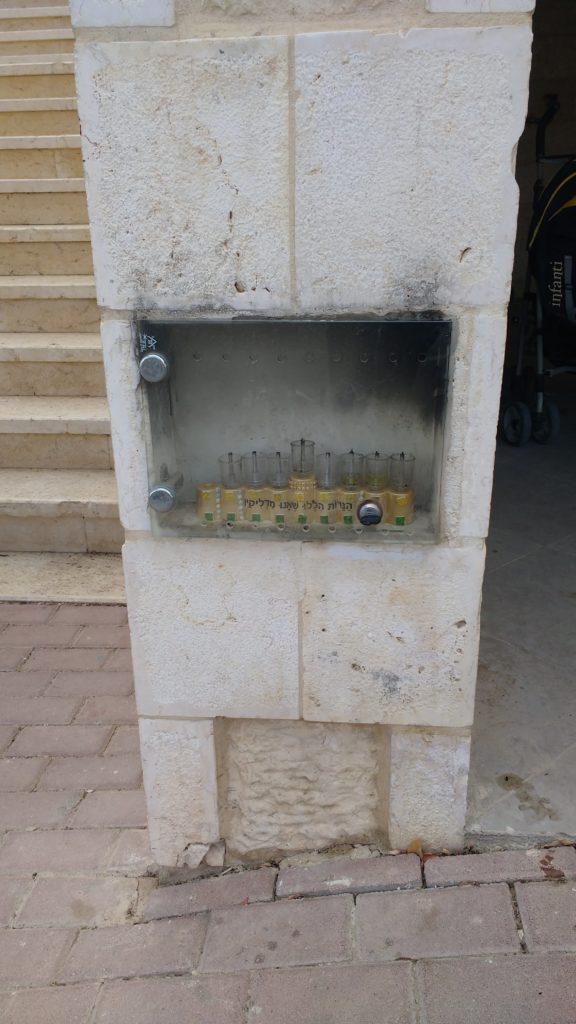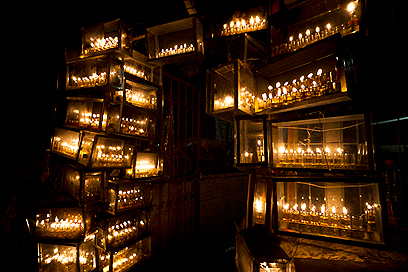First in a series of “Tachlis” posts. Tachlis is Yiddish for “let’s get down to business.” This series deals with the nitty-gritty of transitioning our family from the center of Israel to the North. Hoping someone, somewhere, at some point might find this helpful.
One of the first logistical challenges we faced (and are still in the midst of) was the slow “unfolding” of our transition. You can’t just up and move to a moshav the way you can move from city to city. First, there is an acceptance process required of all new families (this we started in July 2016, two full years ago). It entails filling out detailed questionnaires (including essays/CVs), as well as meeting with the va’adat kabbalah, the acceptance committee, comprised of about six moshav members who give an hour-long informal interview.
Couples/families are then asked to come for a Shabbat, where they are hosted by different moshav members. There is also a full day of formal testing at one of two “testing centers” (one is located in the north, the other near Bet Shemesh), where couples undergo a battery of tests meant to assess “social suitability.” These testing centers take the process very seriously:
- you pay a hefty testing fee for the two of you (forgot the exact amount);
- you must bring your own snacks/lunch because you’ll be there the whole day (6-8 hrs);
- You each have a separate meeting with a staff psychologist, and then a joint meeting;
- If your baby is under six months old, you may bring a babysitter with you so that the mother can nurse her child at intervals. Over six months and apparently nursing isn’t so critical — the young man/woman is decidedly NOT welcome and must stay at home.
Why the rigamarole?
It really makes a great deal of sense. A moshav is a small, isolated community which was established with a certain tone, not just by a hodge-podge of strangers. Seventy years ago, a garin (core group) set out from Ilaniah to build themselves a community based on certain loose criteria, and this moshav was born. In the case of Sde Ilan, the moshav is self-defined as dati (religious). The community is looking for new members who are shomrei Shabbat and respectful of religious sensibilities. No one is searching with a candle as to what goes on in your home, nor do outward identity markers matter much. The moshav just wants to keep a certain character; it follows that families who are not religious, or are religious to the extent that heterogeneity/variety of practice within halacha is problematic to them, would themselves not feel comfortable in Sde Ilan, nor would the moshavniks be comfortable with such families. They also want to make sure that you’re not a David Koresh-wannabe looking to turn your nachala into a comfortable home for your Branch Davidians sect, that you’re not a Jew for Jesus, that you don’t run a cockfighting business and that you’re not going to build an underground bunker that you mysteriously retire to every night at ten.
Beyond this, though, is a rule which governs most moshavim, Sde Ilan included: you can’t control people, but you can have broad expectations that new members will be generally agreeable, nice people who are eager to work together within the moshav with all forms of community-building. A moshav is no place for very private people or personalities that do not work well with others. There’s nowhere to remain anonymous — moshavim were designed as collectives, after all! The rather intense acceptance process is in place to ensure that not only are criminals and psychopaths not welcome, but that new members will be an asset to the moshav. (Having successfully undergone three acceptance processes for yishuvim, kibbutzim and moshavim — Nof Ayalon, Shaalvim and Sde Ilan, respectively — we can attest that the criteria for all three are not unduly exacting or demanding. After all, they all accepted us!)
I get that more private or libertarian-minded folks would be turned off by such acceptance processes. They can be construed as judgemental and exclusive. Further, such a “controlled” community runs the risk of developing into a somewhat homogeneous body, which is a turn-off for many. These anxieties are understandable.
Anecdotally, however, from our experience, not every yishuv/moshav is a homogeneous mass. That’s kind of impossible, given that people change constantly, values shift and children are often of a different mind than their parents. And there are those moshavim like Sde Ilan where the criteria are broad yet satisfyingly limiting for our comfort level: Are you an amiable sort? Will you be keeping kosher and observing Shabbat? Yalla, let’s hang out for hours at the park and grumble about the price that wholesalers are paying for our nectarines while our kids dictate the goings-on of the moshav.
Getting accepted is the easy part. It’s what comes after — for families that buy nachalot (farmland on which you’ll build your house or move into the preexisting house) — which proves far more logistically daunting.
The bylaws of our moshav (and many moshavim/yishuvim throughout the country) require us to actually live on the moshav for half a year before officially being voted in as a chaver (member) of the agudat hachakla’im (I like to translate this as the “farmers’ guild;” it’s the term for the collective of owners of agricultural tracts). To own a nachala means to belong to the agudat hachakla’im — which also means that you are the proud joint-manager of the moshav’s communal farmland, and have an equal say along with the other moshav farmers of what to do with it (Yes, you also have an equal share of its annual profits.)
Were we to have bought a house in the moshav’s harchava (newly-established extension of the moshav, an growth initiative adopted by many yishuvim/moshavim to help the community stay vibrant in its population and financial health by selling plots of moshav land to mostly young families so they can build their own homes), then we would not need to be voted into the agudat hachakla’im and would not need to undergo the six-month “trial period” before actually building our home. If we weren’t planning on living on a nachala, we could have moved right into a home that we bought or built, suffering only from virtual suffocation in the first few weeks by mountains of chocolate cakes and kindness.
But our path (and others here as well, as we’re discovering among some of the other newbies to the moshav) is more complicated. You can either rent an empty house on the moshav for half a year (if you’re lucky enough to find one) and then start building on your land once you’re voted in, or you can plunk down a caravan or three on your land and live in it for that half year. We couldn’t wrap our heads around what the latter option would entail, so here we are in a rental for the time being, waiting patiently for these six months to pass. Our neighbors a few nachalot down chose the caravan option, and they have a very colorful menagerie of structures in place for the time being as their house plans get approved.
For those interested in living in a moshav and/or owning a farm in Israel, don’t let the long (and sometimes frustrating) process kill the dream before it even starts. As with everything, a jolly attitude and willingness to work within the rules goes a long way to getting what you want.
Next installment of the Tachlis series: Long-Term Storage of Your Stuff in the Interim Period
